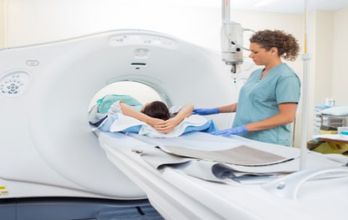Find Medical in Vietnam
Discover Medical Categories Available in Vietnam
Discover the Regions of Vietnam
Top 10 Most Popular Procedures Available in Vietnam
Best Clinics and Hospitals in Vietnam





About Vietnam
Vietnam has become a popular tourist destination thanks to its natural beauty, sacred temples and pagodas, colonial architecture, and bustling cities. The influx of medical tourists is driven by affordable healthcare and high-quality treatments that the country offers, with dental and cosmetic surgery being the most popular treatments. The Vietnamese government and the private sector are working on strategies to further develop medical tourism. There are incentives given for the development of the sector and the quality of clinics and hospitals in the country continue to increase. Currently, there are a large number of hospitals that are in the midst of securing JCI accreditation.
Popular Cities and Regions in Vietnam
Hanoi and Ho Chi Minh City (Saigon) are two of the major centers of Vietnam. Hanoi is Vietnam’s capital, as well as a major metropolitan and political center. It boasts various well-preserved colonial buildings and pagodas. Visitors can explore the historic Old Quarter, enjoy a relaxing day in Hoan Kiem Lake, or go to the Temple of Literature. Ho Chi Minh City is the largest and most populous city in the country with an interesting culture and rich history. Some of the most popular attractions in the city are Gic Lam Pagoda, War Remnants Museum, Notre Dame Cathedral, and Jade Emperor Pagoda. Along with Ho Chi Minh and Hanoi, Da Nang, Nha Trang, and Hanoi are also very popular among international tourists.
Transport in Vietnam
International flights usually arrive in Saigon’s Than Son Nhat Airport or Hanoi’s Noi Bai International Airport. Both serve international and domestic flights and offer several budget airlines. To get around the country, domestic flights are the fastest way but can be a bit expensive. Trains and buses can be affordable and comfortable alternatives. Taxis, motorcycle taxis, and Cyclo (trishaws) are available to travel around inside major cities.
Visas in Vietnam
Most visitors need to apply and obtain a visa to be able to visit Vietnam, with the exception of citizens of 24 visa exemption countries, such as all ASEAN countries, Russia, South Korea, the UK, and Germany. Fortunately, Vietnam offers visa on arrival and e-visa to make it easier for foreigners to enter.
Weather in Vietnam
Different regions in Vietnam experience different climates. In general, the southern part of the country experiences two seasons: the dry season (January – August) and the wet season (September – December). In the north, four seasons are present: spring (February – April), summer (May-August), autumn (September – November), and winter (December – January).
Additional Info
- Local Currency: The official currency is the Vietnamese Dong (VND) and the exchange rate from 1 USD is around 23,200 VND.
- Money & Payments: ATMs are widely available and credit and debit cards are accepted in numerous hotels. Most shops and restaurants still only accept cash. Therefore, it is advisable to bring cash. Tipping is generally not expected.
- Local Language: Vietnamese is the official language. English is not widely spoken, except in major tourist areas. It is better to learn some common Vietnamese phrases before visiting.
- Local Culture and Religion: While Buddhism and Catholicism are the major religions in Vietnam, the major percentage of the population actually follows Vietnamese folk tradition or non-religious.
- Public holidays: Vietnam Traditional Lunar New Year, Saigon Liberation Day, and New Year’s Day are some of the most celebrated public holidays in Vietnam.


